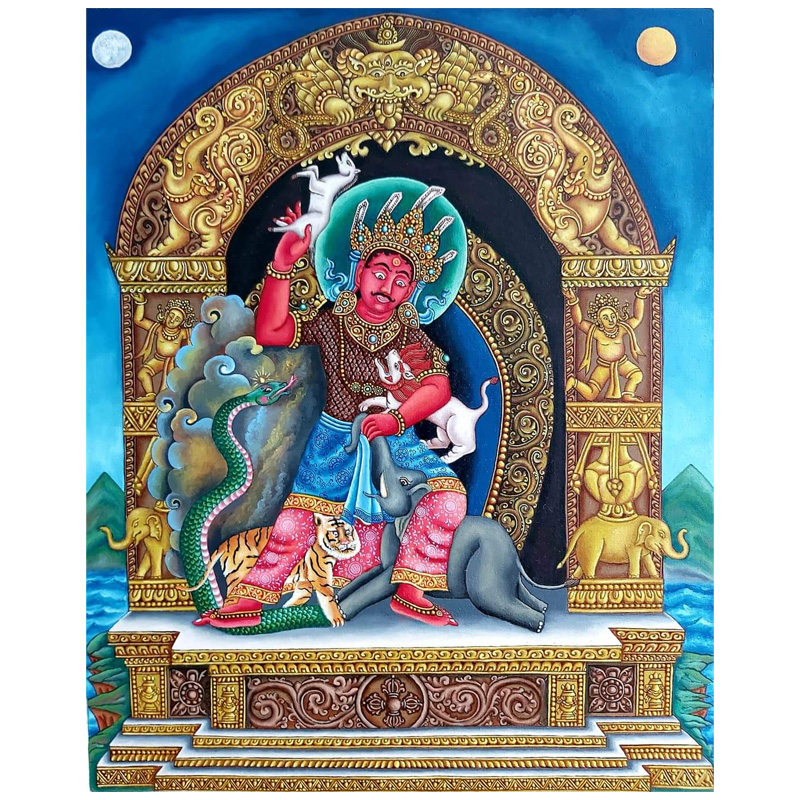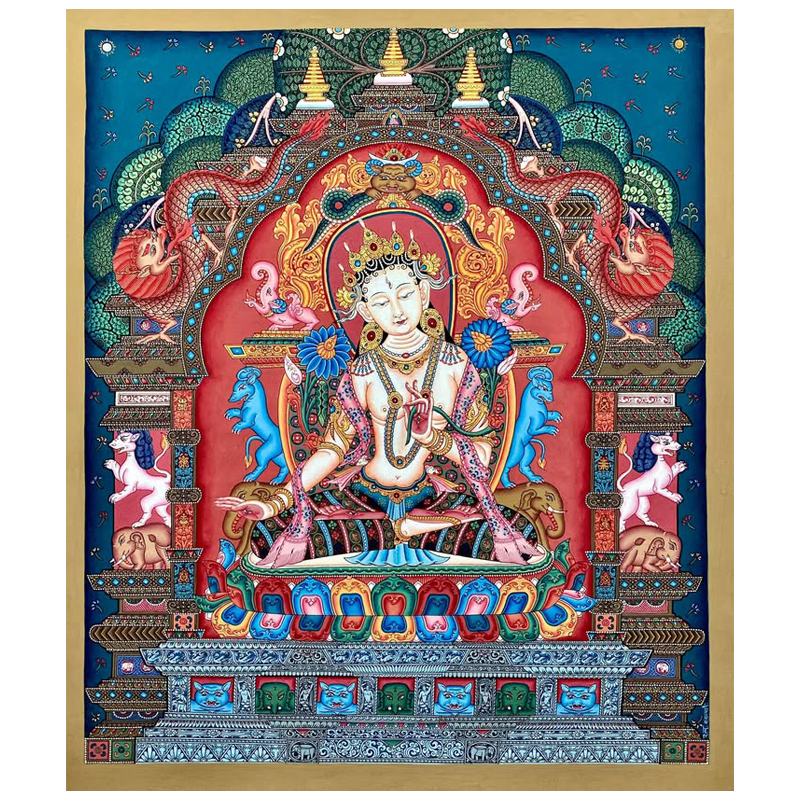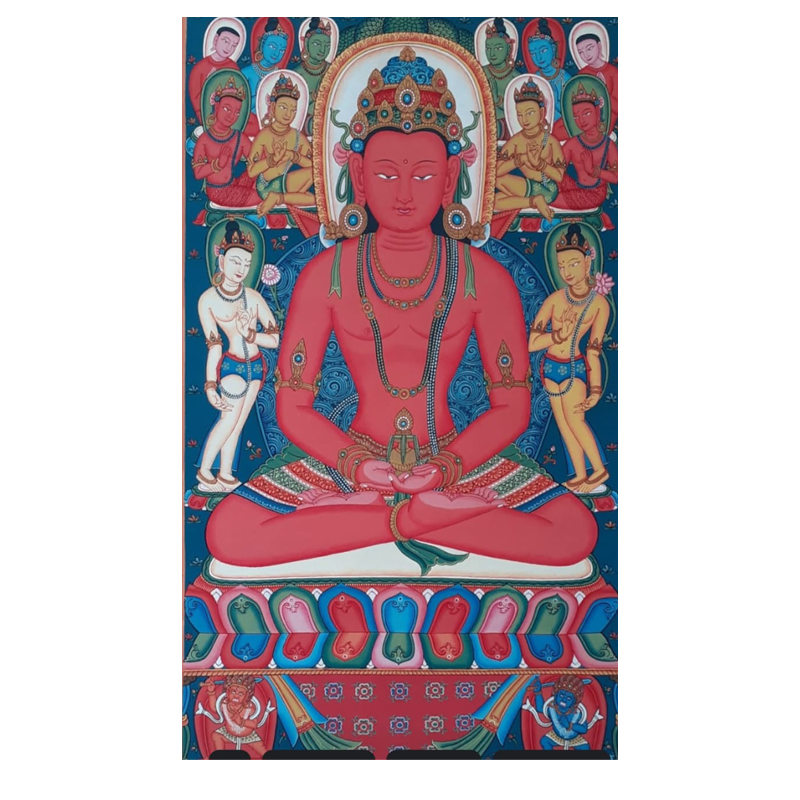

While Bhimsen and Bhimdya refer to the same deity, the
distinction lies in the cultural lens through which he is worshipped. There is
a subtle but culturally significant difference between Bhimsen and Bhimdya,
as worshipped by the people of Patan and the Newar community.
1. Names and Terminology
- Bhimsen:
This name refers to Bhima, the second eldest Pandava from the Mahabharata,
revered for his immense strength, courage, and loyalty. Bhimsen is
worshipped as a Hindu deity across Nepal, especially by the Newar
community, for his association with strength, trade, and protection.
- Bhimdya:
In the Newar language, "Bhimdya" is the localized name for
Bhimsen. "Dya" translates to "god" in Newar, so
"Bhimdya" literally means "God Bhima."
2. Context of Worship
- Both Bhimsen
and Bhimdya represent the same deity, but the Newar community
emphasizes the term "Bhimdya" in their cultural and linguistic
context.
- The
worship practices remain consistent, focusing on his role as a protector
of traders and his divine strength, which resonates with the Newar
people's history of commerce and craftsmanship.
3. Cultural Significance
- Bhimsen
(Pan-Nepalese Worship): Bhimsen is widely worshipped across Nepal, not
only by the Newar community but also by other ethnic groups. His temples,
including those at Patan and Kathmandu, are major centers of devotion.
- Bhimdya
(Newar Context): Bhimdya is a term deeply rooted in the Newar language
and culture, reflecting the integration of the deity into the Newar way of
life. The worship of Bhimdya often includes specific rituals, offerings,
and festivals unique to the Newar tradition.
4. Festivals and Offerings
- Offerings
to Bhimsen: Devotees offer various items, such as flowers, food, and
incense, seeking blessings for strength and prosperity. Merchants often
pray for success in business.
- Bhimdya's
Special Worship: In the Newar context, rituals may include Newar-style
offerings like Samay Baji (a traditional Newar dish) and ceremonies
conducted in the Newar language, reflecting the community’s distinct
heritage.
5. Architectural Context
- The Bhimsen
Temple in Patan Durbar Square is often referred to as Bhimdya Dyo
Chhen by locals, indicating its significance in Newar culture. This
naming highlights the blending of broader Hindu traditions with
Newar-specific interpretations.
Conclusion
Bhimsen is the broader Hindu identity, while Bhimdya
represents the deity's integration into Newar language, culture, and
traditions, particularly in Patan. This duality reflects the rich, localized
devotion of the Newar community while maintaining a connection to the broader
Hindu pantheon.

